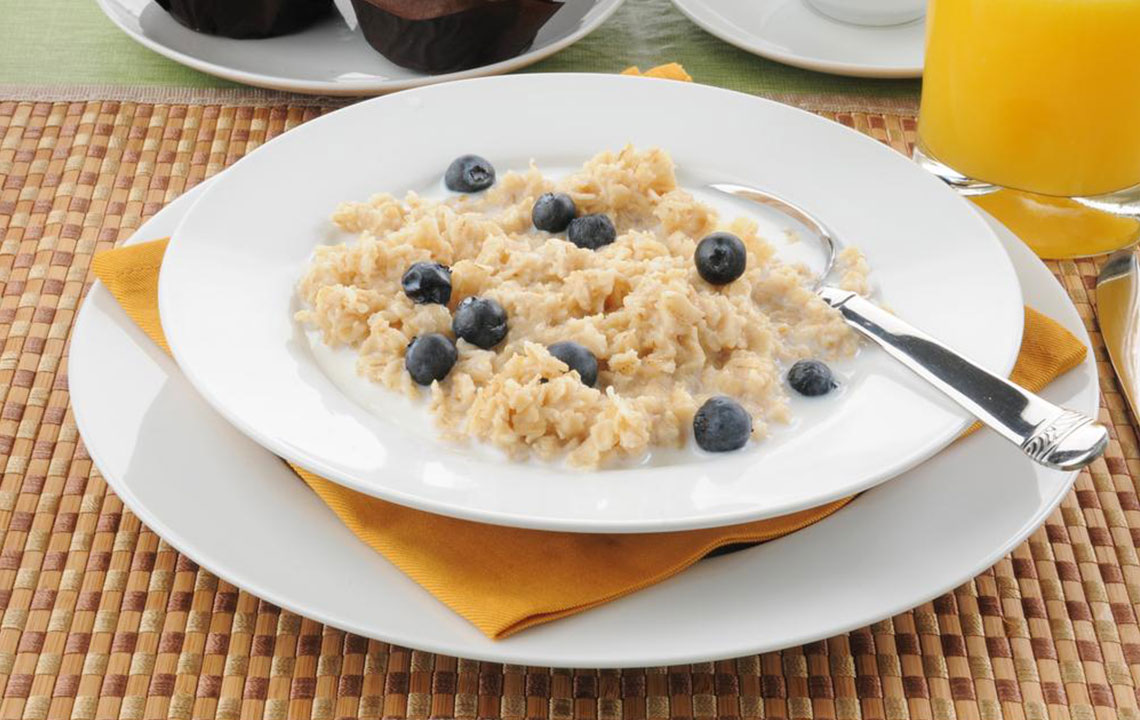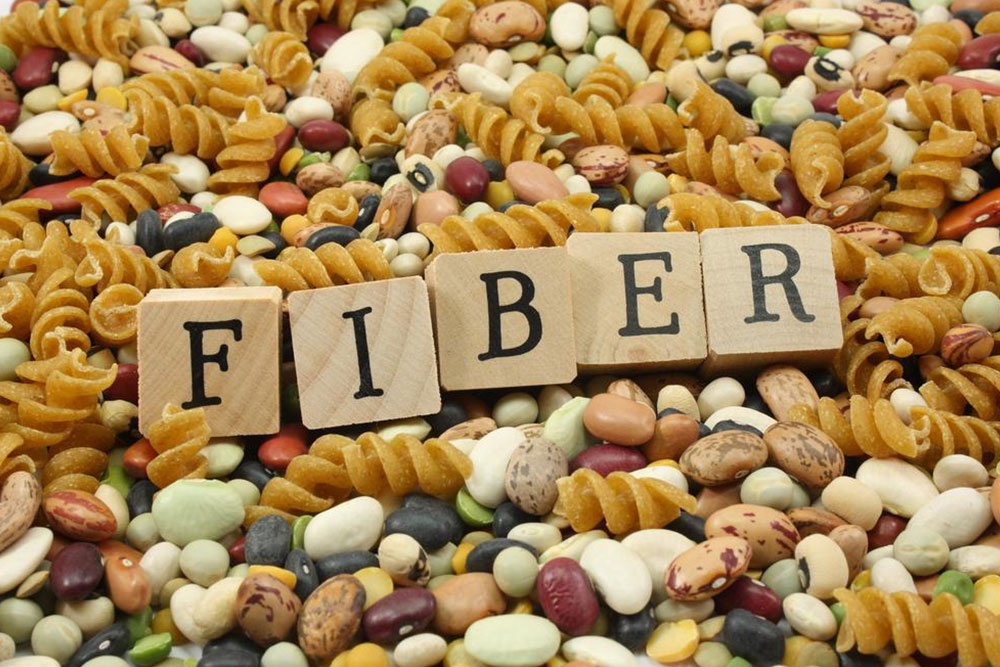Advantages of Incorporating More Dietary Fiber into Your Meals
Discover the numerous health benefits of a high-fiber diet, including improved digestion, lowered cholesterol, weight management, and heart health. Learn about key fiber-rich foods and how to incorporate more fiber into your daily meals for better wellness and disease prevention.

Advantages of Incorporating More Dietary Fiber into Your Meals
Why a high-fiber diet benefits overall health
Fiber is essential for optimal well-being, offering numerous health advantages. Experts link eating plenty of fiber to improved gut flora, easier weight management, regular bowel movements, reduced risk of diabetes, and cardiovascular health. Despite these benefits, the majority of Americans fall short, averaging only 16 grams of fiber daily—far below the recommended 28 grams. Creating daily meal plans that meet fiber goals can be challenging but is crucial for health maintenance.
Here's useful information about dietary fiber to assist in crafting high-fiber menus.
What exactly is dietary fiber?
Also called roughage, dietary fiber is the part of plant foods that our digestive system cannot break down. Unlike proteins, fats, and carbs, fiber moves through the digestive tract largely intact, aiding in various bodily functions. There are two main types:
Soluble fiber – Dissolves in water to form a gel-like substance, found in oats, citrus, carrots, beans, apples, peas, psyllium, and barley. It helps control blood sugar and lower cholesterol.
Insoluble fiber – Present in whole-wheat products, nuts, beans, wheat bran, and vegetables like cauliflower, green beans, and potatoes. It does not dissolve in water and promotes quicker transit of food through the digestive system, assisting those with constipation.
Benefits of adequate fiber intake include:
Improved digestive health – Fiber adds bulk, softening stool, reducing constipation, and preventing hemorrhoids. Insoluble fiber accelerates digestion.
Cholesterol reduction – Dietary fiber helps bind cholesterol, facilitating its removal.
Weight management – Foods high in fiber promote satiety, helping you feel full longer.
Blood sugar regulation – Fiber slows sugar absorption, stabilizing blood levels.
Heart health – Increased fiber intake reduces cardiovascular risk.
Prevents other health issues – Diets rich in fiber lower the chances of gallstones and kidney stones.
High-fiber foods to include in your diet:
Fruits: Avocados, pears, strawberries, apples, raspberries, bananas
Vegetables: Carrots, beets, broccoli, sweet potatoes, artichokes, Brussels sprouts
Legumes: Lentils, kidney beans, chickpeas
Others: Popcorn, almonds, chia seeds, whole wheat pasta, flaxseeds
Sample high-fiber meals:
Spinach, mushroom, and feta crustless quiche
Whole grain pancakes
Breakfast burritos with vegetables
Savory Southwestern egg dish
Turkey and cheese melt
Avocado and shrimp salad
Colorful Southwestern salad
Macaroni and cheese with kale or collard greens
English muffin with peanut butter and chia berry jam
Fig and cheese toasts with salad side
Salmon with quinoa and Brussels sprouts
Veggie wrap
Beef and bean chili
Berry smoothie with flax seeds
Toaster oven pizza with vegetable toppings










